Technical Documentation: Gutor 0P1931 640-4049A Industrial-Grade High-Reliability Power Regulation Component
1. Product Description: A Trusted Power Regulator for Complex Industrial Scenarios
Gutor 0P1931 640-4049A is an industrial-grade high-reliability power regulation component developed by Gutor (a flagship brand of Schneider Electric), specifically designed to address the challenges of precise voltage stabilization, multi-load power allocation, and fault tolerance in complex industrial environments. As a key model in Gutor’s advanced power management lineup, it integrates cutting-edge analog-digital hybrid regulation technology and enhanced ruggedization design, serving as a “precision power steward” for critical equipment in industries such as smart manufacturing, marine engineering, high-voltage power transmission, and industrial robotics.
The component’s core competitiveness lies in three distinctive industrial-grade advantages: First, it features a triple-mode power regulation design—combining linear pre-regulation, switching post-regulation, and adaptive ripple suppression. Unlike single-mode regulators, this hybrid architecture achieves both ultra-low output ripple (<20mVpp) and high conversion efficiency (up to 90%), balancing precision for sensitive loads (e.g., industrial cameras, pressure transducers) and energy savings for high-power devices (e.g., servo motors). Second, it adopts a reinforced environmental adaptation structure: The outer casing uses marine-grade 316L stainless steel with a passivated coating, and internal circuits are encapsulated in flame-retardant epoxy resin (UL94 V-0 rating), enabling it to withstand extreme conditions such as continuous salt spray (ISO 12944-5 C5-M, 2000 hours), high-humidity (95% RH, non-condensing), and chemical vapor corrosion (resistant to ammonia, sulfur dioxide). Third, it boasts a redundant fault-tolerance system: Dual independent power supply paths with automatic failover (switching time <10ms) ensure that a single path failure does not interrupt power to critical loads, meeting the high availability requirements of mission-critical systems (e.g., semiconductor wafer fabrication lines).
In terms of application scenarios, Gutor 0P1931 640-4049A is indispensable in complex industrial systems:
- Smart Manufacturing: Deployed in automated production lines for automotive welding, it provides stabilized 24Vdc power for laser positioning sensors (requiring <50mV ripple) and welding robot servo drives. Its anti-electromagnetic interference (EMI) design (compliant with EN 61000-6-2) resists noise from high-frequency welding machines, ensuring precise robot motion control (positioning accuracy ±0.02mm).
- Marine Engineering: Installed in the power distribution system of cargo ships, it converts the ship’s 110Vdc emergency power into 24Vdc stable output for navigation radar systems and engine control units. Its salt spray resistance and vibration tolerance (5-500Hz, 2g acceleration) ensure reliable operation during long sea voyages.
- High-Voltage Power Transmission: Integrated into substation automation systems, it powers intelligent electronic devices (IEDs) such as digital protective relays and remote terminal units (RTUs). Its wide input voltage range (24-72Vdc) adapts to fluctuations in substation battery banks, and its isolation voltage (4000Vac) prevents high-voltage transients from damaging sensitive IED circuits.
- Industrial Robotics: Used in collaborative robot power modules, it supplies 12Vdc for robot vision systems and 24Vdc for joint motors. The triple-mode regulation minimizes voltage fluctuations during motor start-stop cycles, avoiding camera image distortion and ensuring smooth robot movement.
From an operation and maintenance perspective, the component prioritizes industrial usability: It supports both DIN rail (35mm standard) and panel mounting, adapting to diverse control cabinet layouts. The front-panel LCD display (2.4-inch, backlit) shows real-time parameters (input voltage, output voltage/current, internal temperature) and fault codes, while touch-sensitive buttons allow on-site parameter adjustment (e.g., output voltage fine-tuning ±5%). This design eliminates the need for external test equipment, reducing maintenance time by 40% compared to traditional components.
2. Technical Specifications: Quantitative Analysis of Industrial-Grade Performance
The following table systematically presents the technical specifications of Gutor 0P1931 640-4049A from four core dimensions—”Core Electrical Performance”, “Mechanical & Structural Characteristics”, “Environmental Adaptability”, and “Compliance & Certification”—and interprets their practical significance in industrial scenarios:
|
Parameter Category
|
Specific Parameter Item
|
Parameter Value
|
Significance in Industrial Scenarios
|
|
Core Electrical Performance
|
Component Function
|
Triple-Mode Power Regulation + Redundant Power Supply
|
Hybrid regulation balances precision and efficiency; redundant paths ensure 99.999% power availability, critical for non-stop production lines.
|
|
|
Input Voltage Range
|
24Vdc – 72Vdc (continuous); 18Vdc – 80Vdc (10s transient)
|
Adapts to industrial battery bank discharge (e.g., 48Vdc ±30% variation) and transient voltage spikes, avoiding frequent shutdowns.
|
|
|
Output Configuration
|
2×24Vdc ±0.5% (Channel 1: 6A; Channel 2: 4A)
|
Dual outputs allocate power rationally: Channel 1 (high current) for motors/drives, Channel 2 (low ripple) for sensors/electronics.
|
|
|
Isolation Voltage
|
4000Vac (rms, 1 minute, input-output; 2000Vac, channel-channel)
|
Prevents high-voltage breakdown in high-power industrial environments (e.g., near 10kV transformers), protecting sensitive components.
|
|
|
Conversion Efficiency
|
Up to 90% (full load, 48Vdc input)
|
Reduces energy loss and heat generation; in a 24/7 semiconductor fab, each component saves ~80kWh annually, lowering operational costs.
|
|
|
Output Ripple & Noise
|
<20mVpp (20Hz – 20MHz)
|
Ultra-low ripple ensures stable operation of precision equipment (e.g., industrial cameras, strain gauges), avoiding signal distortion.
|
|
Mechanical & Structural Characteristics
|
Mounting Type
|
DIN Rail (35mm) / Panel Mount (optional)
|
Flexible mounting adapts to control cabinet layouts (e.g., DIN rail for standardized cabinets, panel mount for custom enclosures).
|
|
|
Overall Dimensions (W×H×D)
|
100mm×150mm×75mm
|
Compact size fits in 1U-height cabinets, optimizing space for high-density component layouts (e.g., substation control panels).
|
|
|
Housing Material
|
316L Stainless Steel (Passivated) + Epoxy Encapsulation
|
Marine-grade steel resists salt spray and corrosion; epoxy encapsulation provides flame retardancy and dust protection (IP54 rating).
|
|
|
User Interface
|
2.4-inch LCD (Backlit) + Touch Buttons
|
Real-time parameter monitoring and on-site adjustment simplify maintenance, reducing downtime for fault diagnosis.
|
|
Environmental Adaptability
|
Operating Temperature Range
|
-40°C to +140°C
|
Covers extreme conditions: Arctic offshore platforms (-40°C) and steel mill hot zones (+100°C ambient), no additional cooling required.
|
|
|
Storage Temperature Range
|
-65°C to +160°C
|
Meets global logistics requirements (e.g., desert shipping, cold storage), preventing performance degradation during transportation.
|
|
|
Vibration & Shock Resistance
|
Vibration: IEC 60068-2-6 (5-500Hz, 2g); Shock: IEC 60068-2-27 (150g, 6ms)
|
Withstands vibration from industrial pumps/motors and shock from equipment handling, ensuring structural and functional integrity.
|
|
|
EMI/EMC Compliance
|
EN 61000-6-2 (Immunity); EN 61000-6-3 (Emission)
|
Resists electromagnetic interference from nearby equipment (e.g., inverters, welding machines) and avoids interfering with other devices (e.g., communication systems).
|
|
Compliance & Certification
|
Safety Certifications
|
UL 61010-1, IEC 61010-1, CSA C22.2 No. 61010-1
|
Meets international safety standards, enabling deployment in North America, Europe, and Asia without redesign.
|
|
|
Environmental Certifications
|
RoHS 3.0, REACH (No SVHCs > 0.1%), IEC 60068-2-11 (Humidity)
|
Complies with strict environmental regulations, suitable for green factories and eco-sensitive areas (e.g., coastal industrial zones).
|
|
|
Reliability Metrics
|
MTBF (Mean Time Between Failures): ≥2,000,000 hours
|
Ensures long-term stable operation, reducing maintenance frequency and replacement costs (e.g., 10-year service life in substation systems).
|
3. System Introduction: Integration Logic and Operational Mechanism in Power Management Systems
Gutor 0P1931 640-4049A is a core unit deeply integrated into industrial power management systems (e.g., distributed power supplies, UPS backup systems, and robotic power modules). Its operational mechanism revolves around “precision regulation – redundant power supply – fault isolation – intelligent monitoring” and can be decomposed into a four-layer functional architecture to ensure seamless collaboration with the overall system:
3.1 Precision Regulation Layer: Hybrid Technology for Stable Power Output
As the “precision core” of the component, this layer achieves ultra-stable voltage output through triple-mode regulation:
- Linear Pre-Regulation: The input voltage first passes through a linear regulator with low dropout voltage (LDO, 0.5V at full load). This step suppresses large voltage fluctuations (e.g., 48Vdc ±30% variation) to a narrow range (±2V), reducing the burden on subsequent switching regulation and minimizing ripple. For example, when the input voltage drops from 48Vdc to 36Vdc, the LDO maintains a 38Vdc intermediate output, ensuring the switching stage operates within its optimal range.
- Switching Post-Regulation: A synchronous buck converter (switching frequency 1MHz) converts the intermediate voltage to the target 24Vdc. The use of silicon carbide (SiC) MOSFETs reduces switching losses, enabling a conversion efficiency of up to 90%—3-5% higher than traditional silicon-based converters. This efficiency gain is critical for high-power loads (e.g., 6A servo motors), as it reduces heat generation and extends component life.
- Adaptive Ripple Suppression: A dedicated active filter circuit with a variable cutoff frequency (100Hz – 100kHz) dynamically suppresses output ripple. The filter adjusts its bandwidth based on load characteristics: for low-current sensitive loads (e.g., 100mA sensors), it narrows the bandwidth to <1kHz, reducing ripple to <20mVpp; for high-current loads (e.g., 6A motors), it widens the bandwidth to 100kHz, maintaining efficiency while controlling ripple to <50mVpp.
3.2 Redundant Power Supply Layer: Fault-Tolerance for Uninterrupted Operation
This layer ensures continuous power supply through dual redundant paths and automatic failover:
- Dual Independent Paths: The component has two identical power supply paths (Path A and Path B), each capable of powering both output channels at full load. Paths share the input but have separate regulators, filters, and protection circuits, eliminating single points of failure. In normal operation, the paths operate in parallel, sharing the load equally (current imbalance <3%) to reduce stress on individual components.
- Automatic Failover: A dedicated redundancy controller monitors the voltage, current, and temperature of each path in real time. If Path A fails (e.g., over-temperature, short-circuit), the controller switches the load to Path B within 10ms—faster than the response time of most industrial control systems (e.g., PLC cycle time 100ms). This ensures no perceptible interruption to critical loads (e.g., robotic arms, production line controllers).
- Manual Path Selection: For maintenance purposes, a front-panel switch allows manual selection of Path A, Path B, or automatic mode. This feature enables on-line maintenance (e.g., replacing a faulty component in Path A while Path B powers the load), avoiding system shutdowns and maximizing uptime.
3.3 Fault Isolation Layer: Multi-Level Protection for System Safety
This layer prevents fault propagation and protects the component, loads, and input power grid through multi-level mechanisms:
- Component-Level Protection: Each power path includes over-voltage (OVP), over-current (OCP), and over-temperature (OTP) protection. The OVP triggers at 26.4Vdc (110% of rated output), the OCP limits current to 120% of rated (7.2A for Channel 1, 4.8A for Channel 2), and the OTP activates at 140°C. These protections act within 1μs to prevent component damage (e.g., SiC MOSFET burnout).
- Channel-Level Isolation: The two output channels are isolated by a galvanic barrier (2000Vac), preventing cross-channel fault propagation. For example, a short-circuit in Channel 1 (motor load) does not affect Channel 2 (sensor load), ensuring critical monitoring functions remain operational during a load fault.
- System-Level Integration: The component communicates with the upper power management system via Modbus TCP (Ethernet) or CANopen. In the event of a severe fault (e.g., dual-path failure), it sends a fault signal to the system, triggering upstream protective actions (e.g., UPS backup activation, input circuit breaker tripping). This integration prevents fault cascading to other system components (e.g., damage to the main power supply).
3.4 Intelligent Monitoring Layer: Real-Time Data for Predictive Maintenance
This layer provides comprehensive monitoring and diagnostic capabilities to support proactive maintenance:
- Real-Time Parameter Tracking: Built-in voltage, current, and temperature sensors collect data at 100Hz. The LCD display shows key parameters (input voltage: 47.8Vdc, Channel 1 output: 24.0Vdc/3.2A, internal temp: 58°C) and updates every 0.5 seconds. Operators can also access data remotely via Modbus TCP, enabling centralized monitoring of multiple components (e.g., 50+ units in a factory).
- Fault Diagnosis & Logging: The component logs up to 100 fault events, including fault type (e.g., OVP, OCP), timestamp, and pre-fault parameters. For example, a logged “OCP on Channel 1 at 14:30:22, current 7.5A, input voltage 46.2Vdc” helps maintenance personnel identify the root cause (e.g., motor short-circuit). Fault codes are displayed on the LCD and transmitted to the upper system for quick troubleshooting.
- Predictive Maintenance Alerts: Based on cumulative operating time, average temperature, and fault frequency, a built-in algorithm estimates the remaining service life of critical components (e.g., SiC MOSFETs, capacitors). When the remaining life drops below 1 year, the component sends a maintenance alert via Modbus TCP, allowing for planned replacement during scheduled downtime (e.g., factory weekends) and avoiding unexpected failures.
4. Recommendations for Related Models in the Same Series: Scenario-Specific Selection
Gutor’s industrial-grade power regulation series includes models with varying output configurations, environmental ratings, and integration features, enabling tailored solutions for diverse industrial scenarios. The following are core models in the same series as Gutor 0P1931 640-4049A, along with their key differences and adapted applications:
|
Model
|
Key Differences (Compared with Gutor 0P1931 640-4049A)
|
Adapted Scenario Examples
|
|
Gutor 0P1932 640-4050A
|
Single-channel output (24Vdc/10A), no redundancy, higher power density
|
High-power industrial loads: Electric vehicle charging station controllers, large-scale HVAC fan drives requiring single high-current power.
|
|
Gutor 0P1930 640-4048A
|
Dual-channel (2×12Vdc/5A), lower output voltage, enhanced ripple suppression (<10mVpp)
|
Precision electronics: Medical device manufacturing lines (e.g., MRI coil power supplies), semiconductor wafer inspection systems requiring ultra-low noise.
|
|
Gutor 0P1933 640-4051A
|
Explosion-proof design (ATEX II 2G Ex d IIC T6 Ga, IP66), reinforced housing
|
Hazardous environments: Oil refineries (Zone 1 explosive atmospheres), chemical plants (corrosive vapor zones) where explosion and dust/water protection is mandatory.
|
|
Gutor 0P1934 640-4052A
|
Wide temperature range (-55°C to +150°C), military-grade
|
|



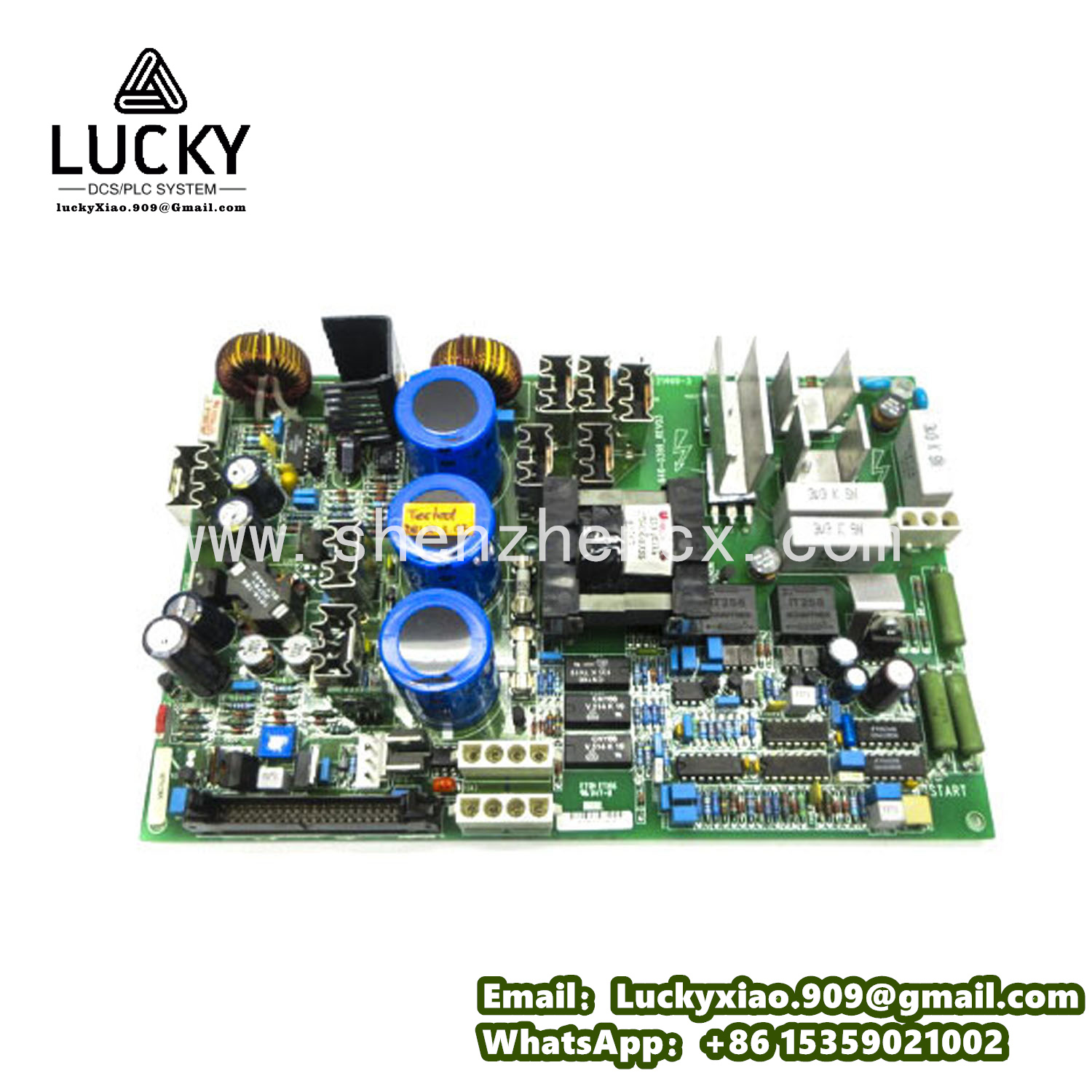
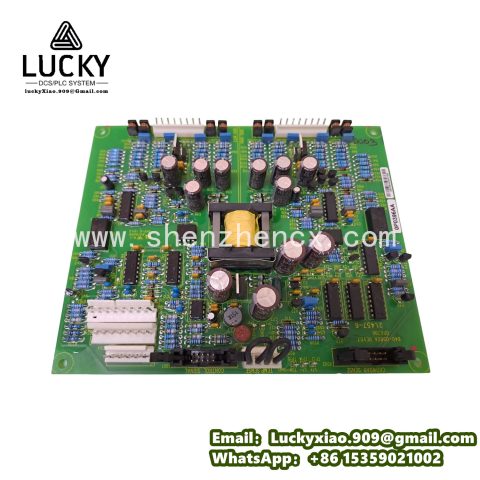
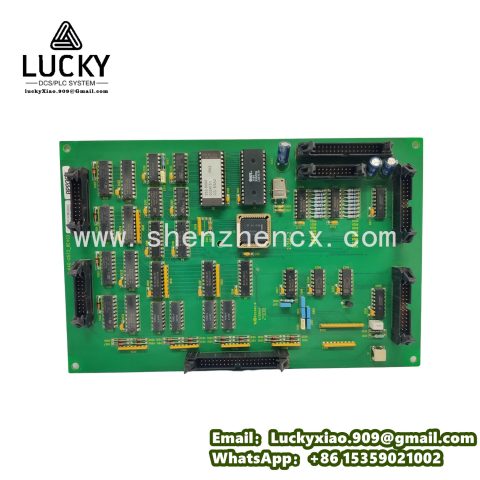
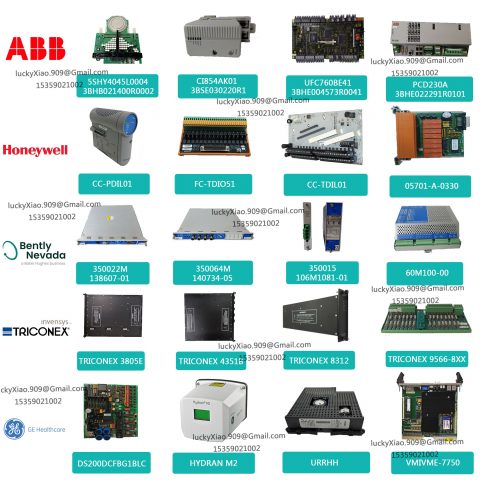
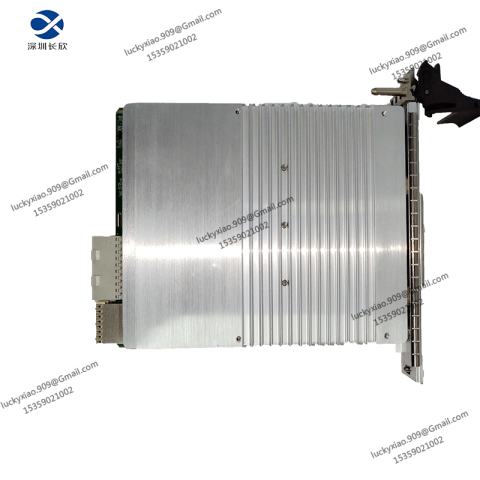
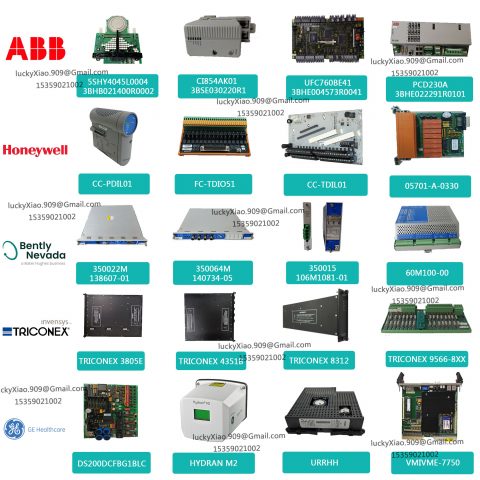
-480x480.jpg)
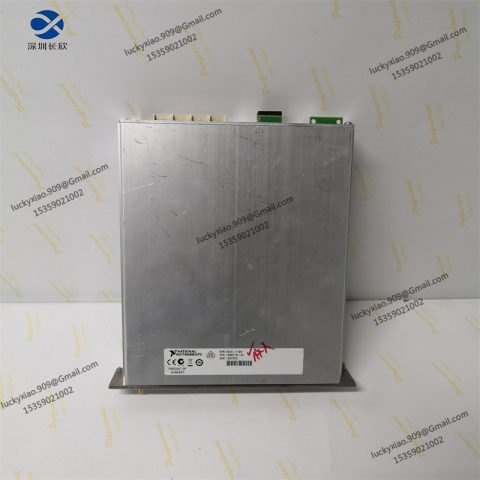
There are no reviews yet.